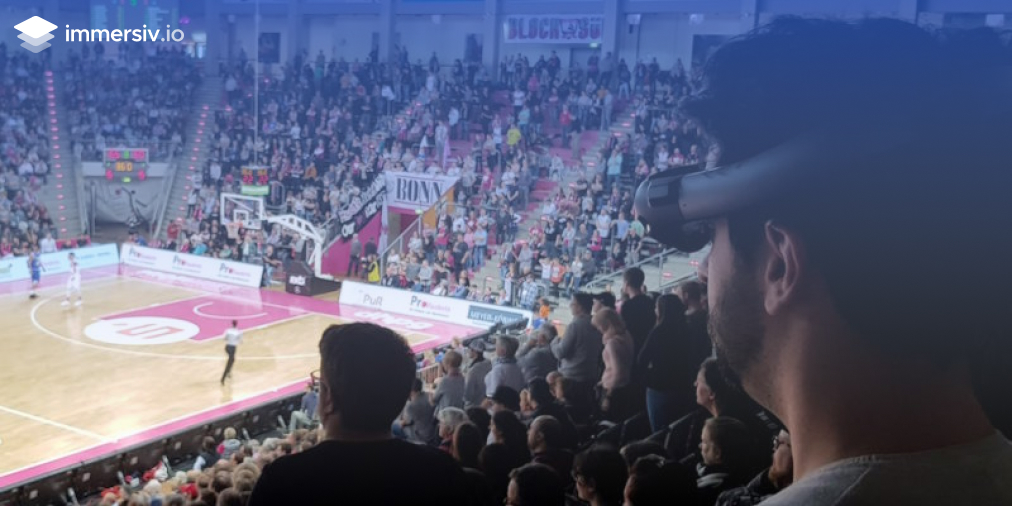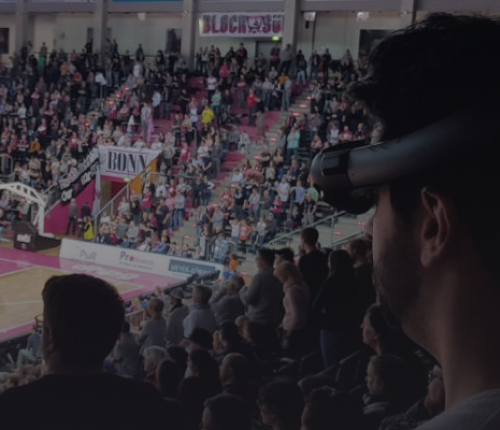
For decades, sports and entertainment industries have relied on enormously popular brands with generations of die-hard & loyal fans. They also have understood a long time ago the importance of atmosphere and excitement to keep fans impressed and engaged. But today, with globalization and the internet, fans have more options than ever and winning the race for their attention has become decisive and complex. To keep fans engaged and continue to create lifelong loyalty and passion for their favorite teams, the sports industry has to embrace innovation in order to rethink its business and create memorable fan experiences.







